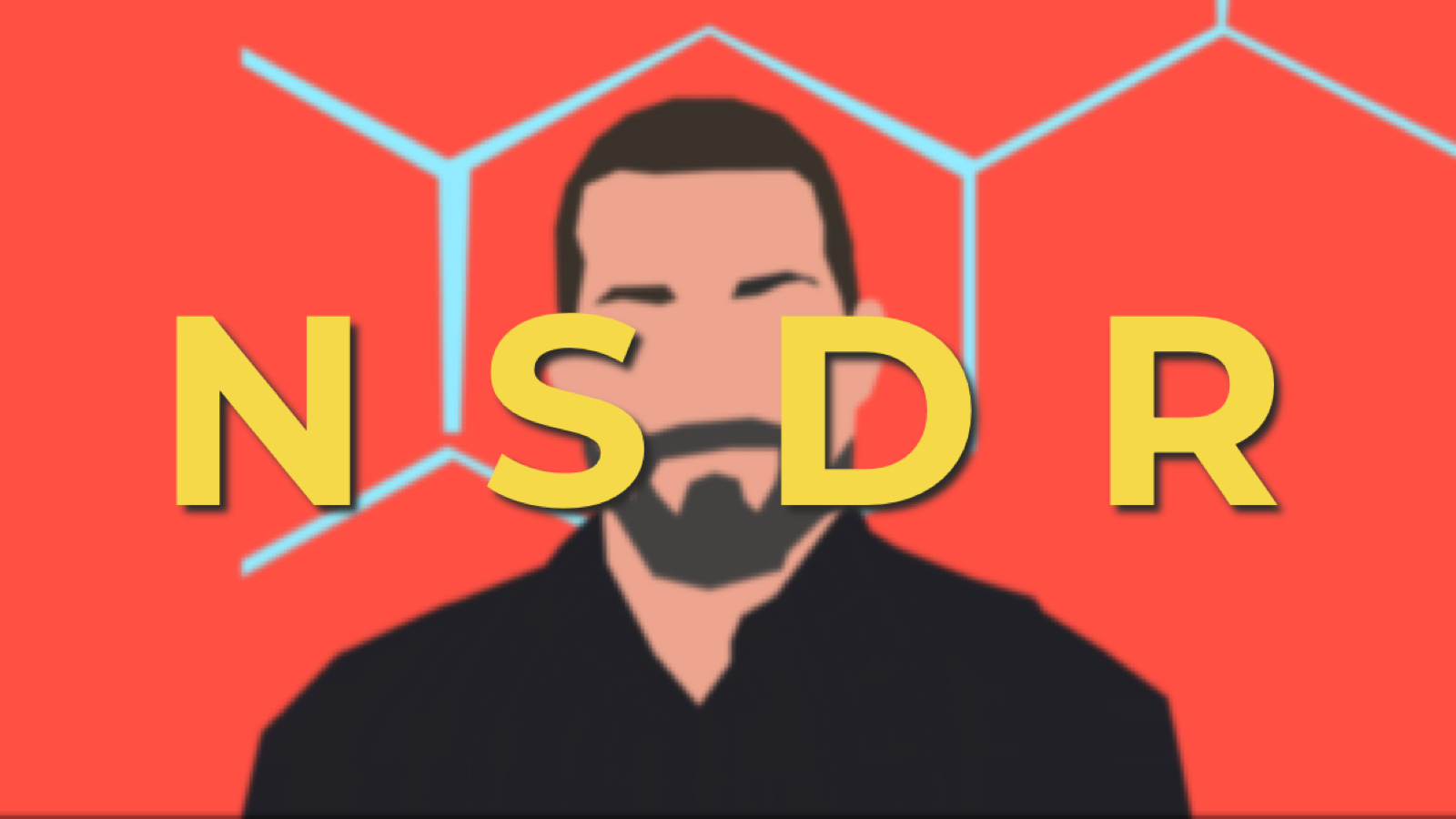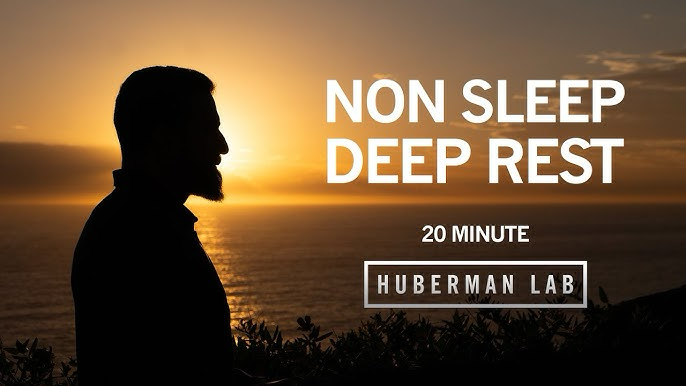NSDR - How to Sleep Without Sleeping

Everyone loves sleep, and rightly so. Sleep has been called the foundation to physical and mental health by many experts - Dr. Andrew Huberman and Dr. Matt Walker, to name a few. Without sleep, we become more irritable, less focused, less able to do many of the things that makes us who we are. All too often as students, we find ourselves not being able to get the right amount of sleep. Work piles up, we forget to pay attention to due-dates, or we just spend too much time revising for exams than sleeping. Inevitably, in these instances, we wake up groggy and tired, wishing that for once, we’d get the seemingly-mythical “eight-hour sleep”. So, is there anything we can catch up on the sleep we lost, and maybe get rid of that tiredness?
The answer may seem unorthodox to some: meditation.
Bear with me here. Technically speaking, what we are exploring today in this article is not medication, per se, but a technique which falls under the general umbrella term of meditation. This relaxation technique, called NSDR (non-sleep deep rest) was first coined by Stanford professor of neuroscience Dr. Andrew Huberman. It has been used by high-profile individuals such as the CEO of Google, Sundar Pichai, and has appeared on popular podcasts by Tim Ferriss and Lex Fridman. It can also be called “yoga nidra” meditation, which may sound more off-putting for some due to the spiritual connotations its name implies. Indeed, it also contains disadvantages as found in traditional meditation, where one has to find that state of focus on their own. Most meditations involve also increasing your prefrontal cortex activity, to visualise rather than think your thoughts. Conversely, this fatigues your brain rather than refreshing it.

NSDR takes advantage of reducing brain activity in the sympathetic nervous system, which is responsible for the stress “fight-or-flight” response, and increasing activity in the parasympathetic nervous system, which mediates relaxation and a sense of rest. Interestingly, instead of the brain controlling our actions, we reverse program our brains to serve us fully. By temporarily shutting off the sympathetic and activating the parasympathetic, the molecule of more (dopamine) increase in levels; simultaneously heart rate and blood pressure decreases. According to Huberman, NSDR may “slow the brain’s electrical waves”, which would conventionally be “recognised as sleep”. NSDR bridges the gap between being awake and being asleep, saving time whilst also delivering quality results.
More importantly, NSDR is a great way to shift the mental state of the person doing it. Let’s face it - we’re not very good at shifting states. When you return from an exciting football game, trudge up the stairs back into your dorm, are you able to instantly sit down, have a think, and start pumping out high-quality banco? No? Me neither. Most of the time, humans simply cannot switch states instantly - what’s called a “step function”. Even when you force yourself to take a break from work, such as by going on a jog, you’ll inevitably find the first third of so of that run thinking about your work. Only towards the middle and the end do those thoughts become fractured until you’re finally able to relax. As such, we need tools such as NSDR in order to assist our cognitive game, to be able to change states and achieve optimal cognitive function.
All right. I’ll stop boring you with long paragraphs of information and get to how to actually do NSDR. It’s hard to listen to someone talk about a practice and trust in them without actually trying it yourself. To begin doing NSDR, follow a guided NSDR session on a streaming platform, preferably YouTube, and listen along to what the recording tells you. A good place to start would be https://youtu.be/KHIbgSN2qAU?si=Af6cFJdtqu2MvsD5.
Whatever you decide to do in the end, breathing and relaxation techniques like the one mentioned in this article are a valid and effective method to reduce stress, to keep your mind fresh to tackle whatever comes your way. And on that journey, I wish you nothing but the best of luck.
